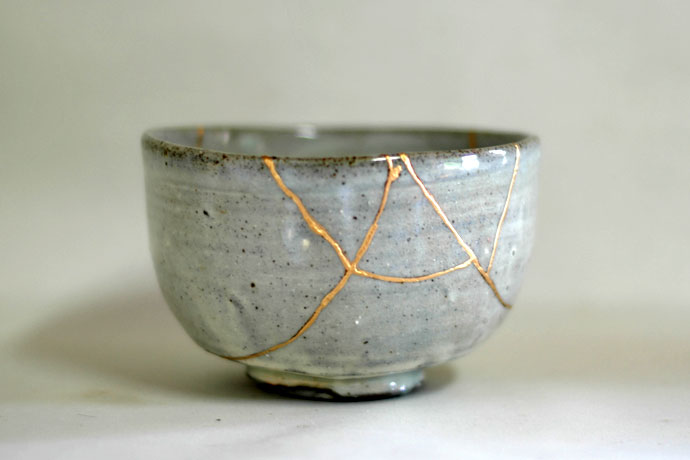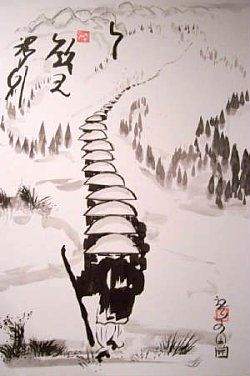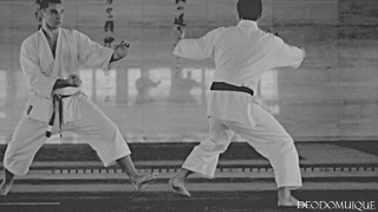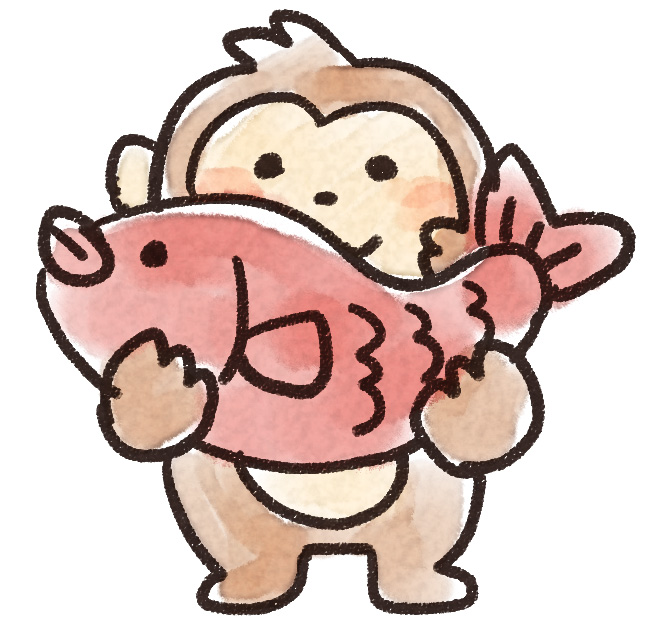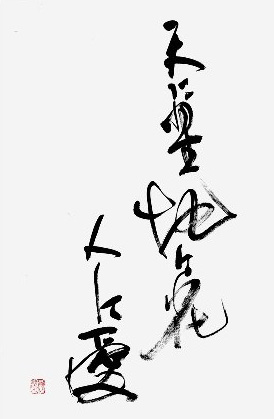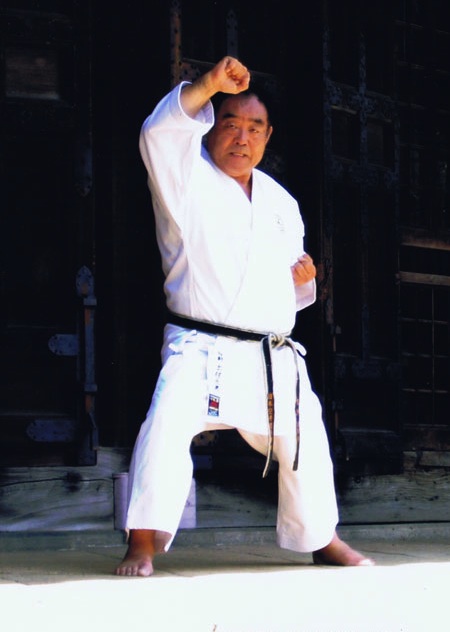 Here is a picture of the noren curtain hanging at the dojo's front door. The design motif is noshi which are the decorative strips of abalone or paper strips that accompany the wrapping of gifts in Japan. These strips are supposed to symbolize prosperity and bring good luck.
The Japanese love puns and so like many things Japanese there is a hidden meaning to this word noshi. In Japanese, words can be written in roman characters (romanji), in hiragana, in katakana or in kanji. In order to know the exact definition of a word one must know its kanji or its context, but without these the ambiguity opens the door for puns.
Here is a picture of the noren curtain hanging at the dojo's front door. The design motif is noshi which are the decorative strips of abalone or paper strips that accompany the wrapping of gifts in Japan. These strips are supposed to symbolize prosperity and bring good luck.
The Japanese love puns and so like many things Japanese there is a hidden meaning to this word noshi. In Japanese, words can be written in roman characters (romanji), in hiragana, in katakana or in kanji. In order to know the exact definition of a word one must know its kanji or its context, but without these the ambiguity opens the door for puns.
The kanji for the strips of paper that adorn gifts is 熨斗, but the word noshi can also be written as 伸し which means to extend or expand.
To noshi or extend in an Aikido sense usually refers to extending one's ki (氣) or internal power, but it could also be extending or stretching one's self as a means to achieve more, be better or train harder or as a means to achieve prosperity as it circles back to its original meaning.
In Aikido, we try and expand our ki throughout the entire technique. Beginners struggle to keep it on and from deflating. More experienced practitioners can keep it extended a little longer while an expert can keep it expanded throughout the entire technique, but only a master can keep it extend throughout their entire life. Our lives are a series of expansions and contractions, but a true master is extending even while it appears they are contracting.
So one can see how noshi is a nice metaphor for not only training, but life too. Enjoy your day and keep extending!


